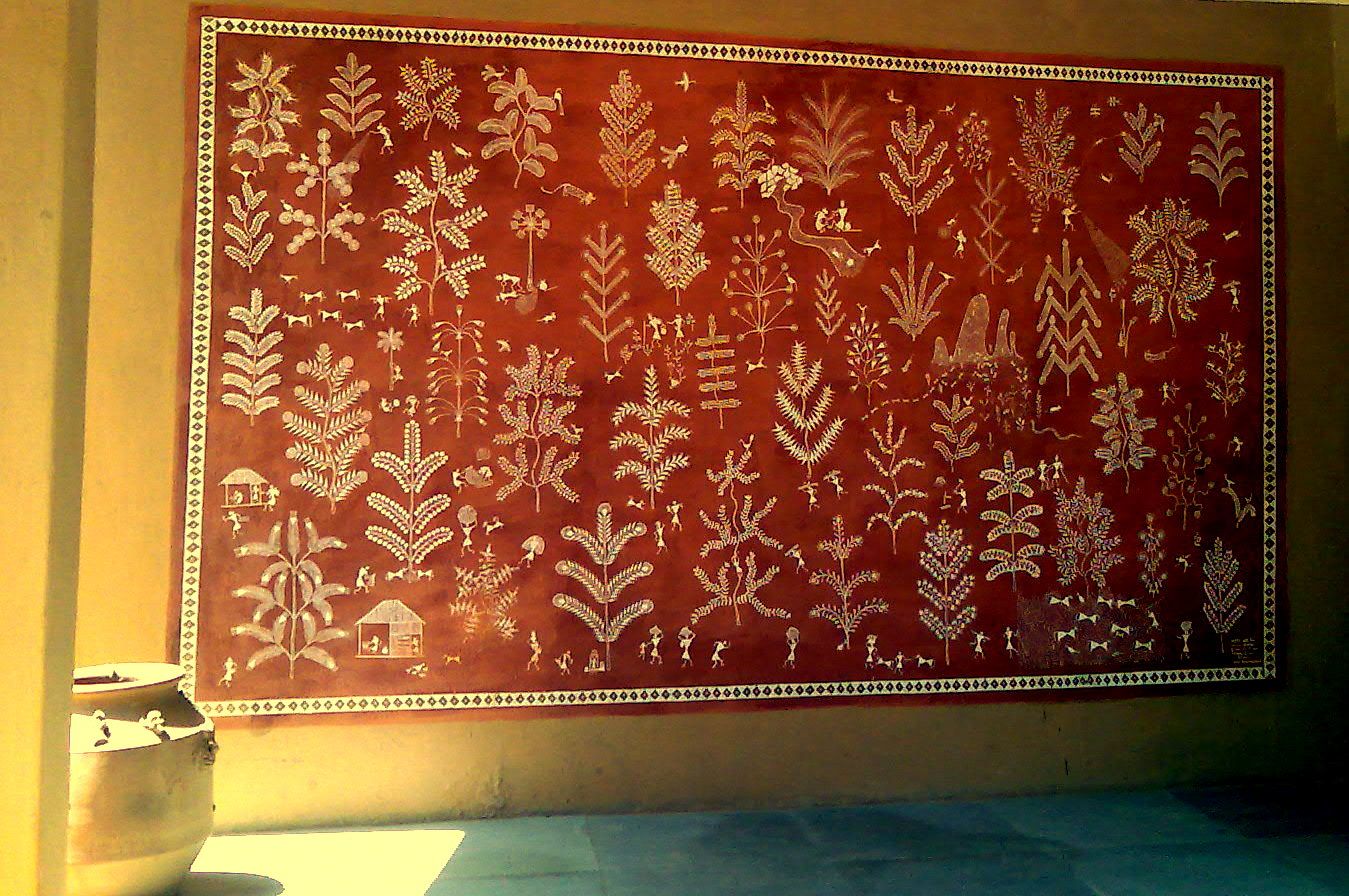Warli Painting: The Artistic Demands Behind Every Tribal Masterpiece

Warli painting, one of the most iconic tribal art forms of India, originates from the Warli tribe of Maharashtra. Known for its simple yet expressive style, this art form uses geometric patterns to depict scenes of daily life, nature, and rituals. Despite its minimalist appearance, creating a Warli painting is no easy feat. It demands not only artistic skill but also a deep understanding of tradition, storytelling, and precision. Let’s explore the challenges and dedication required to master this unique art form.
1. Mastering the Warli Aesthetic
Warli paintings are instantly recognizable due to their distinct visual language. Unlike other Indian folk arts that use vibrant colors, Warli is traditionally monochromatic, using white pigment on an earthy brown background. Artists must master the following elements to create an authentic Warli painting:
- Geometric Figures: Warli art is based on simple shapes—circles, triangles, and lines—used to form human figures, animals, and nature.
- Balance and Composition: The figures are arranged harmoniously, ensuring movement and rhythm within the artwork.
- Symbolism: Every element has meaning—spirals represent life cycles, dancing figures symbolize celebration, and trees signify the bond between humans and nature.
2. Patience and Precision
Creating a Warli painting requires immense patience and precision. Unlike modern digital or canvas-based art, Warli paintings are traditionally done on mud walls, requiring a steady hand and careful execution. Even when adapted to paper or fabric, artists must ensure consistency in line thickness and proportion to maintain the integrity of the art form.
3. Understanding Cultural and Ritualistic Themes
Warli art is deeply rooted in tribal traditions, often depicting village life, farming, hunting, and festivals. It is not just an aesthetic expression but a medium for storytelling and preserving history. An artist must immerse themselves in the cultural significance of Warli paintings, understanding:
- Wedding Rituals: The "Lagnachitra" (wedding painting) is a sacred element in Warli weddings, symbolizing prosperity and happiness.
- Folk Narratives: Many paintings illustrate tales passed down through generations, making each piece a visual chronicle of the tribe’s heritage.
- Spiritual Connection: Warli paintings often include deities and nature spirits, reflecting the tribe’s belief in the harmony between humans and the environment.
4. Working with Natural Materials
Traditional Warli artists use materials sourced from nature, which requires skill and adaptability. Some of these include:
- Rice Paste: White pigment is made by grinding rice and mixing it with water.
- Mud-Coated Surfaces: Earlier, paintings were done on walls coated with cow dung and mud. Modern artists replicate this texture using handmade paper or canvas.
- Twig Brushes: Instead of commercial paintbrushes, Warli artists traditionally use twigs or chewed bamboo sticks for precise strokes.
5. Keeping the Tradition Alive in Modern Times
With increasing commercialization, Warli art is now being adapted onto fabrics, home décor, and even digital platforms. While this has helped spread its recognition, it also poses challenges:
- Staying True to Tradition: Many artists struggle to balance traditional themes with modern innovations.
- Fair Recognition and Support: With the rise of mass-produced Warli designs, original artists often face exploitation and lack of credit.
- Preserving the Authentic Style: The simplicity of Warli art makes it easy to replicate, but true artists ensure their work maintains the soul and authenticity of the tribal tradition.
Warli painting may appear simple, but the effort behind each piece is immense. From mastering the delicate strokes to preserving centuries-old storytelling traditions, Warli artists dedicate their skills, patience, and cultural understanding to every artwork. As this art form continues to gain global recognition, it is crucial to support and appreciate the artists who keep this ancient tribal heritage alive.